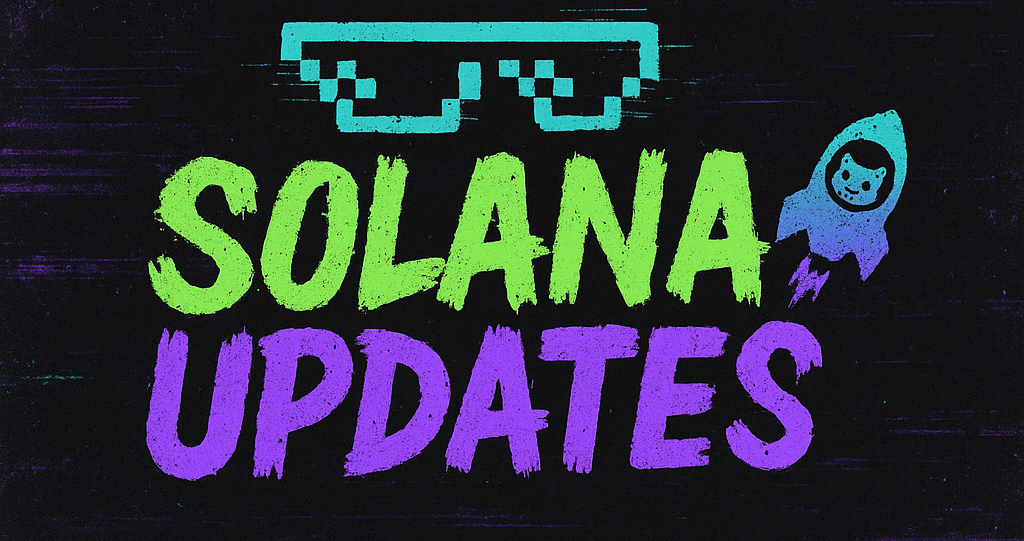In a surprising turn of events, XRP, the digital asset that has often been at the center of cryptocurrency market discussions, has seen its 30-day annualized realized volatility plummet to 44%. This marks the lowest point of volatility since November 2016, a time that coincided with the unexpected victory of Donald Trump in the U.S. presidential election. This significant reduction in price fluctuations raises important questions about the future trajectory of XRP and its position in the broader cryptocurrency market.
The Significance of Reduced Volatility
Volatility is a key metric for any financial market, particularly in the cryptocurrency space, where price swings can be dramatic and rapid. For XRP, a reduction in volatility can be seen as a double-edged sword. On one hand, it suggests a period of stability, which could be appealing to risk-averse investors who have traditionally shunned cryptocurrencies for their unpredictable nature. On the other hand, such stability might also indicate a lack of investor interest or stagnation, which could be problematic for a token that thrives on active trading and speculation.
Factors Contributing to XRP’s Stability
Several factors may have contributed to the current state of XRP’s price stability. Firstly, regulatory clarity has played a substantial role in calming the digital asset’s market. The resolution of legal battles, particularly those involving major entities like Ripple Labs, has provided a clearer framework within which XRP operates, reducing uncertainty for investors.
Additionally, XRP’s increasing integration into mainstream financial systems and partnerships with banks and financial institutions have reinforced its standing in the market. These developments have helped anchor its value, making it less susceptible to erratic market speculation.
Potential Implications for Investors
For investors, the implications of this reduced volatility are multifaceted. Those seeking long-term investments might view XRP’s stability as an opportunity to enter the market with lower risk. However, traders who thrive on volatility for short-term gains might find the current environment less attractive.
Moreover, the reduced volatility could potentially pave the way for XRP to be used as a stable means of transferring value, similar to stablecoins, albeit with the added benefit of being a more established cryptocurrency.
What Lies Ahead for XRP?
Looking forward, the biggest question is whether this trend of low volatility will continue. Market analysts suggest that external factors such as macroeconomic conditions, regulatory changes, and technological advancements will play crucial roles in determining XRP’s future volatility. Additionally, the ongoing developments in blockchain technology and its applications in finance could further influence XRP’s market dynamics.
In conclusion, while XRP’s current state of reduced volatility marks a significant development in its market history, it remains to be seen how this will impact its long-term position in the crypto ecosystem. As the market evolves, stakeholders will be keenly watching how XRP adapts to these changes and what strategies it employs to maintain its relevance and competitive edge.
🛒 Recommended Product: Check out top-rated crypto gear on Amazon


